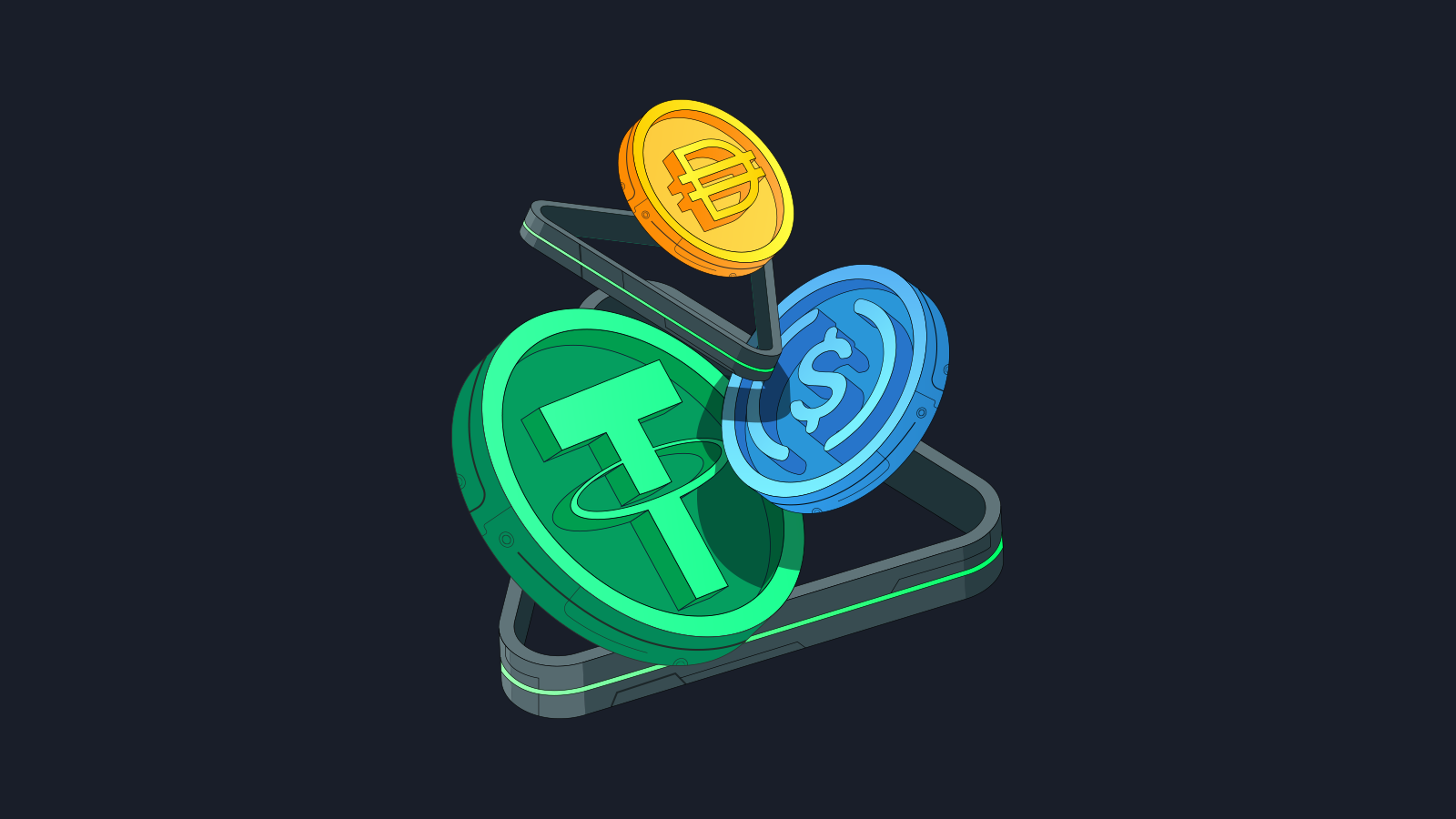In an era of rapid digital transformation, stablecoins have emerged as a bridge between traditional finance and the world of cryptocurrency. Unlike volatile cryptocurrencies such as Bitcoin and Ethereum, stablecoins are designed to maintain a stable value by being pegged to assets like fiat currencies, commodities, or algorithms. This stability makes them an attractive option …
The Rise of Stablecoins: Are They the Future of Digital Payments?

In an era of rapid digital transformation, stablecoins have emerged as a bridge between traditional finance and the world of cryptocurrency. Unlike volatile cryptocurrencies such as Bitcoin and Ethereum, stablecoins are designed to maintain a stable value by being pegged to assets like fiat currencies, commodities, or algorithms. This stability makes them an attractive option for digital payments, cross-border transactions, and financial inclusion. But can stablecoins truly redefine the future of digital payments? Let’s explore their potential, advantages, and challenges.
What Are Stablecoins?
Stablecoins are a type of digital currency that aims to reduce price volatility by pegging their value to a stable asset. They can be classified into three main types:
- Fiat-Collateralized Stablecoins – Backed by traditional fiat currencies like USD, EUR, or JPY held in reserves.
- Example: Tether (USDT), USD Coin (USDC), Binance USD (BUSD)
- Crypto-Collateralized Stablecoins – Backed by cryptocurrencies, but with over-collateralization to counter price fluctuations.
- Example: Dai (DAI)
- Algorithmic Stablecoins – Not backed by any reserve but maintain stability through smart contract-based algorithms that adjust supply and demand.
- Example: TerraUSD (before its collapse), FRAX
Each type has its strengths and weaknesses, but all aim to provide a stable and efficient means of digital transactions.
Why Are Stablecoins Gaining Popularity?
The adoption of stablecoins is driven by their ability to offer fast, low-cost, and stable digital transactions/payments. Let’s examine some key reasons why they are gaining traction:
1. A Reliable Medium of Exchange
Unlike volatile cryptocurrencies, stablecoins maintain a consistent value, making them ideal for everyday transactions. Businesses and individuals can use them for purchases without worrying about price fluctuations.
2. Cross-Border Payments Revolution
Traditional international remittances are expensive and slow due to intermediary banks. Stablecoins eliminate intermediaries, enabling instant cross-border transactions at lower fees.
Example: Workers sending remittances to their families in developing countries can use stablecoins to avoid high fees associated with banks and remittance services.
3. Bridging the Gap Between Crypto and Traditional Finance
Stablecoins allow traders and investors to move funds within the crypto ecosystem without converting to fiat currencies, making them essential for decentralized finance (DeFi).
Example: In DeFi lending platforms like Aave and Compound, users can earn interest on stablecoins or take out loans without dealing with traditional banks.
4. Financial Inclusion and Banking the Unbanked
Over 1.7 billion people worldwide lack access to banking services. Stablecoins provide a decentralized financial solution like digital payments, allowing users to store and transfer money via blockchain without needing a traditional bank account.
5. Hedge Against Inflation
In countries with high inflation rates, stablecoins offer citizens a way to preserve their wealth by holding a digital asset pegged to a stable currency like the USD.
Example: In economies like Venezuela and Argentina, people are increasingly turning to stablecoins to protect their savings from currency devaluation.
Challenges and Risks of Stablecoins
Despite their benefits, stablecoins also face several challenges and risks that could hinder their widespread adoption.
1. Regulatory Uncertainty
Governments and financial regulators are concerned about stablecoins’ impact on monetary policy and financial stability. Some nations are introducing stricter regulations or developing their own central bank digital currencies (CBDCs) to compete.
Example: The U.S. and EU are considering regulatory frameworks to increase oversight of stablecoin issuers to ensure transparency and compliance.
2. Centralization and Trust Issues
Many stablecoins, such as USDT and USDC, are controlled by centralized entities that hold reserves. This centralization raises concerns about transparency, auditing, and potential misuse of funds.
3. Algorithmic Stablecoin Failures
Algorithmic stablecoins rely on complex mechanisms to maintain their peg, but they are vulnerable to market instability.
Example: The collapse of TerraUSD (UST) in 2022 showcased the risks associated with algorithmic stablecoins, leading to billions of dollars in losses.
4. Security Threats and Smart Contract Risks
Since stablecoins operate on blockchain networks, they are susceptible to hacks, exploits, and vulnerabilities in smart contracts, which could result in financial losses.
The Future of Stablecoins
Despite these challenges, the future of stablecoins remains promising. Here are some key trends that will shape their role in digital payments:
1. Integration with Central Bank Digital Currencies (CBDCs)
Many governments are developing their own CBDCs as an alternative to privately issued stablecoins. While CBDCs will be regulated by central banks, stablecoins may coexist and complement these efforts.
2. Greater Regulation and Transparency
Stablecoin issuers will need to improve transparency by undergoing regular audits and ensuring full collateralization of reserves. Clearer regulations will boost investor confidence and encourage mainstream adoption.
3. Expansion into Traditional Finance
Banks and payment processors are exploring ways to integrate stablecoins into their services. Visa and Mastercard have already started supporting stablecoin payments, signaling potential mass adoption.
4. Growth in DeFi and Web3 Applications
Stablecoins will continue to play a crucial role in the DeFi ecosystem, supporting lending, staking, and yield farming. Additionally, Web3 applications and the metaverse may integrate stablecoins for digital transactions.
Conclusion
Stablecoins are redefining digital payments by offering a fast, stable, and efficient alternative to traditional currencies. Their ability to facilitate global transactions, empower the unbanked, and support DeFi ecosystems makes them a game-changer in the financial world. However, regulatory challenges, transparency issues, and security concerns must be addressed for stablecoins to achieve mainstream adoption.
As the world moves toward a more digital economy, stablecoins are poised to become a fundamental pillar of the future financial system. The question remains: will governments embrace them, or will regulatory crackdowns limit their potential? One thing is certain—stablecoins are here to stay, and their impact on global finance will only continue to grow.




